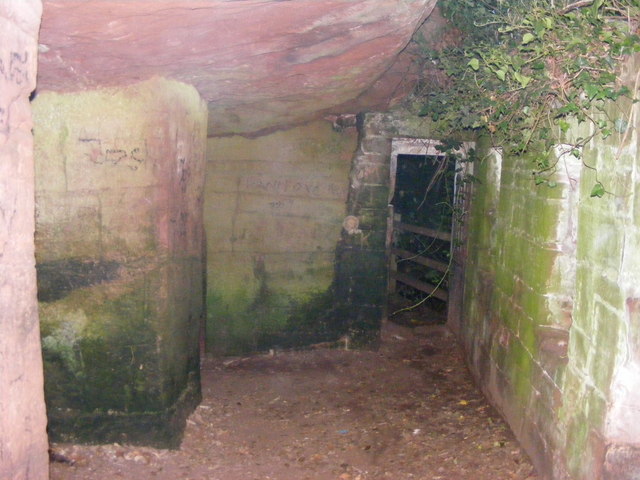Topics > People in History > Christopher Blackett (1751 - 1829)
Christopher Blackett (1751 - 1829)
Christopher Blackett (1751 – 25 January 1829) owned the Northumberland colliery at Wylam that built Puffing Billy, the first commercial adhesion steam locomotive. He was also the founding owner of The Globe newspaper in 1803.
Life
Blackett was born a Blackett of Wylam and the eldest son by the second marriage of John Blackett, a High Sheriff of Northumberland, whose family descended from Christopher Blackett, an elder brother of Sir William Blackett, and Alice Fenwick, sole heir of her father. In 1659 the coal-rich manor of Wylam passed by inheritance from the Fenwicks to Christopher Blackett (ancestor of article subject) and around 1748 the Wylam waggonway was constructed by John Blackett. This enabled coal to be transported five miles from Wylam colliery to the staithes at Lemington, then on the River Tyne.
The Christopher Blackett of this article succeeded to the lordship of the Manor of Wylam and its collieries in 1800. Prior this he had been Postmaster of Newcastle and agent for the Blackett-Beaumont Lead Mines in the North Pennines.
In 1804 Christopher Blackett ordered a locomotive from Richard Trevithick. Christopher Blackett owned the Globe newspaper in London which he established in 1803. Norman Hill suggests this is how he encountered Trevithick. Blackett's commissioned engine from Trevithick must have been a sizeable work in 1804. It was made by John Whinfield at Pipewell in Gateshead. Sadly it proved too heavy for the wooden rails of the waggonway: Whinfield and Blackett fell out.
Blackett then ordered that the waggonway be relaid with cast-iron plate rails. That undertaken, in 1808 Blackett asked Trevithick for another locomotive and was curtly told Trevithick had "discontinued the business". Next, Blackett instructed his viewer (manager), William Hedley, assisted by his foreman smith, Timothy Hackworth to build an alternative locomotive. After several experiments Puffing Billy and Wylam Dilly were constructed in 1813-14 and were hauling coal waggons from Wylam to Lemington.
Christopher Blackett's son and heir, Christopher Blackett, and his son John Frederick Burgoyne Blackett both became Members of Parliament. His youngest son, Rev John Alexander Blackett (1803-1865), in 1855 inherited the Whitfield, Northumberland estates of his wife's uncle, William Ord, and changed his name to Blackett-Ord.
Significance
Using the published sources like Philip Brook (further reading) the conclusion about Christopher Blackett's importance to the development of the steam locomotive in the United Kingdom is this: he was not an engineer but he was the entrepreneur prepared to invest in the very foundations of steam locomotive technology not once but twice. Hence Norman Hill wrote "the importance of Christopher Blackett's place in the introduction of the steam locomotive engine has been sadly overlooked". Brooks wrote of Christopher "He had been instrumental in encouraging the development of locomotives and without his tenacity, the important experiments carried out might never have taken place". Likely it is that they would have happened but the point is they actually successfully happened at Wylam with Blackett's patronage.
Visit the page: Christopher Blackett for references and further details. You can contribute to this article on Wikipedia.

from https://commons.wikimedia.org…
Christopher Blackett (1751-1829)
- "Christopher Blackett (1751-1829) Squire of Wylam, Northumberland, 1800-1829. The original is in the Science Museum collection; the volume with the reproduction is in the collection of the North of England …
Added by
Simon Cotterill
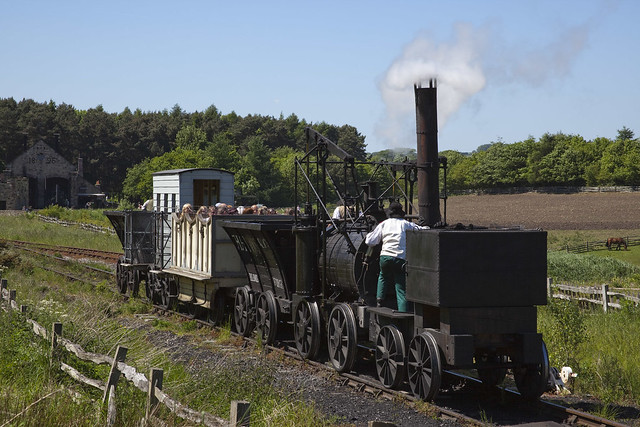
Co-Curate Page
Wylam Colliery
- "John Blackett (1712-1779) established coal mining and Wylam Colliery in the township in the mid 18th century. The waggonway connecting the colliey to the River Tyne at Lemington was built …
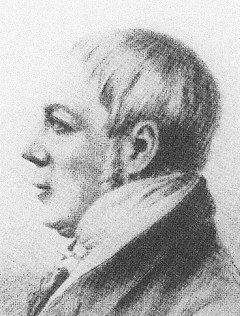
Co-Curate Page
William Hedley (1779-1843)
- Summary About William Hedley William Hedley was born in Newburn on 13th July 1779. He was a pioneering industrial engineer and viewer (manager) of Wylam Colliery where he built the first practical …

Co-Curate Page
Timothy Hackworth (1786-1850)
- Summary About Timothy Hackworth Timothy Hackworth was an engineer and inventor, born in Wylam on the 22nd December 1786. He began work as an apprentice blacksmith under his father at …
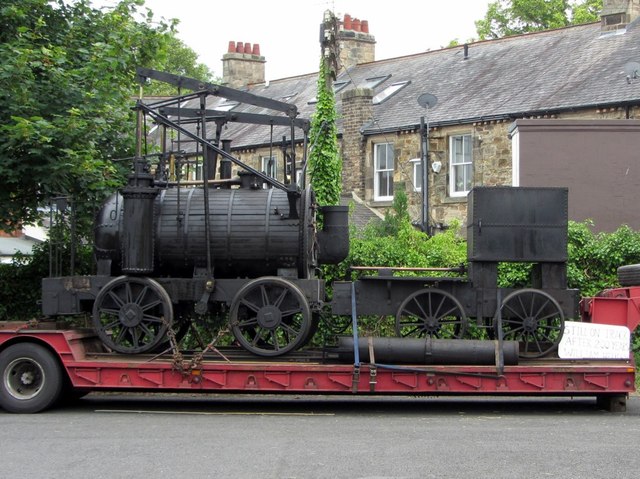
Co-Curate Page
Puffing Billy
- Summary About Puffing Billy Puffing Billy, built 1813, is the oldest surviving steam locomotive. It was built by William Hedley (engineer), Jonathan Forster (engine wright) and Timothy Hackworth (blacksmith) for …
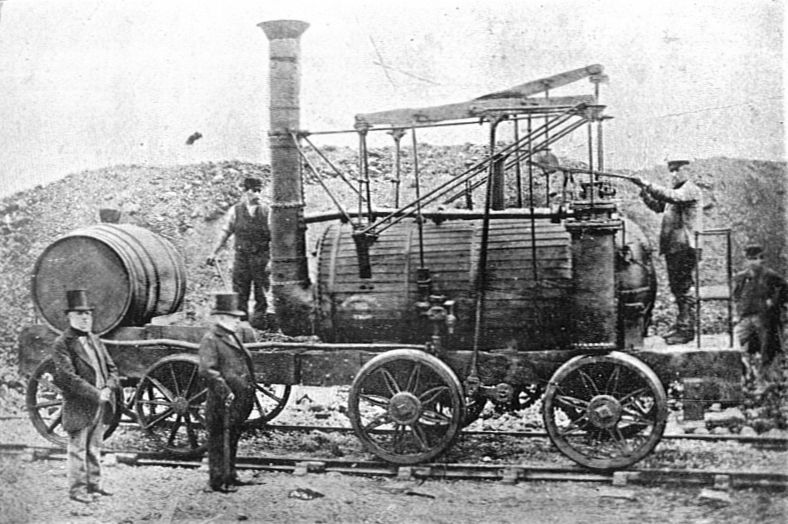
from http://commons.wikimedia.org/…
Wylam Dilly circa 1862
- Photo 1850s; "Although the Blackett family were the colliery owners, the engineer of the locomotives is now recognised as William Hedley, with the assistantance of Timothy Hackworth and Jonathan Forster. …
Added by
Simon Cotterill
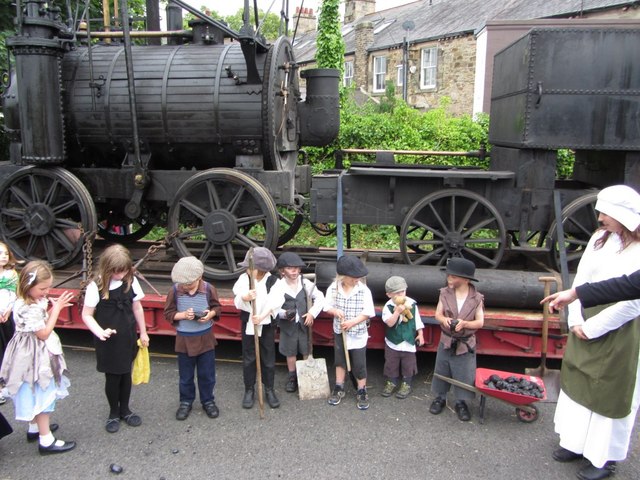
Co-Curate Page
Wylam
- Overview About Wylam Map Street View Wylam is a small village about 10 miles west of Newcastle upon Tyne. It is located in the county of Northumberland. It is …


from https://commons.wikimedia.org…
Christopher Blackett (1751-1829)
- "Christopher Blackett (1751-1829) Squire of Wylam, Northumberland, 1800-1829. The original is in the Science Museum collection; the volume with the reproduction is in the collection of the North of England …
Added by
Simon Cotterill

Co-Curate Page
Wylam Colliery
- "John Blackett (1712-1779) established coal mining and Wylam Colliery in the township in the mid 18th century. The waggonway connecting the colliey to the River Tyne at Lemington was built …

Co-Curate Page
William Hedley (1779-1843)
- Summary About William Hedley William Hedley was born in Newburn on 13th July 1779. He was a pioneering industrial engineer and viewer (manager) of Wylam Colliery where he built the first practical …

Co-Curate Page
Timothy Hackworth (1786-1850)
- Summary About Timothy Hackworth Timothy Hackworth was an engineer and inventor, born in Wylam on the 22nd December 1786. He began work as an apprentice blacksmith under his father at …

Co-Curate Page
Puffing Billy
- Summary About Puffing Billy Puffing Billy, built 1813, is the oldest surviving steam locomotive. It was built by William Hedley (engineer), Jonathan Forster (engine wright) and Timothy Hackworth (blacksmith) for …

from http://commons.wikimedia.org/…
Wylam Dilly circa 1862
- Photo 1850s; "Although the Blackett family were the colliery owners, the engineer of the locomotives is now recognised as William Hedley, with the assistantance of Timothy Hackworth and Jonathan Forster. …
Added by
Simon Cotterill








